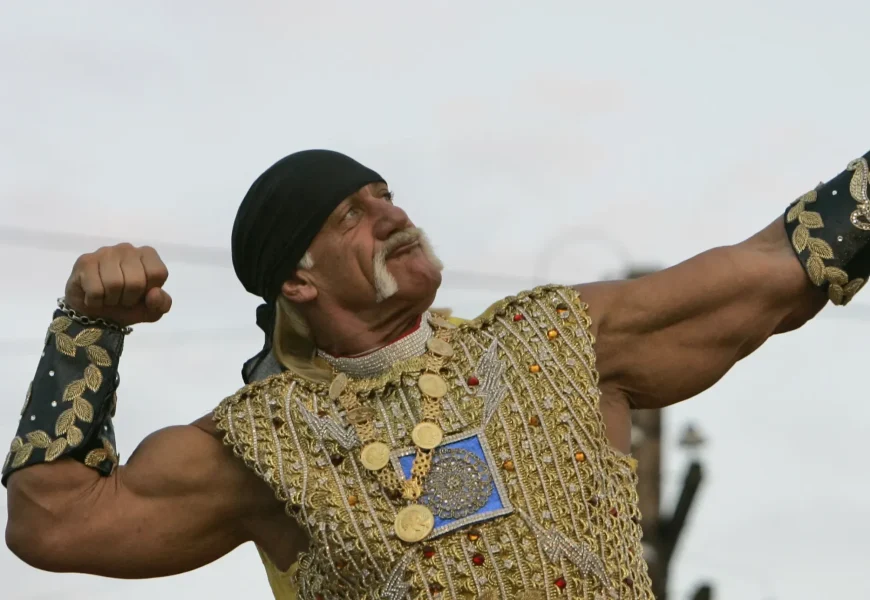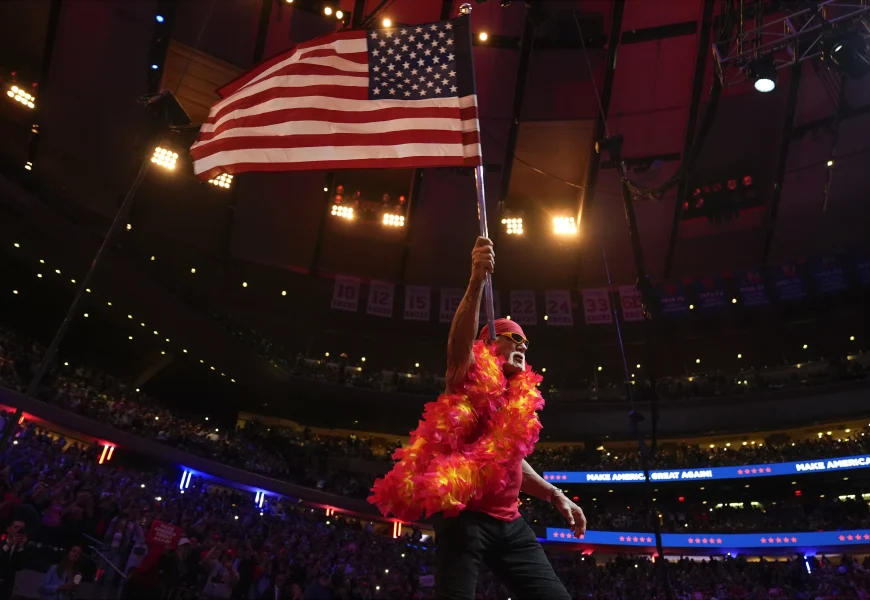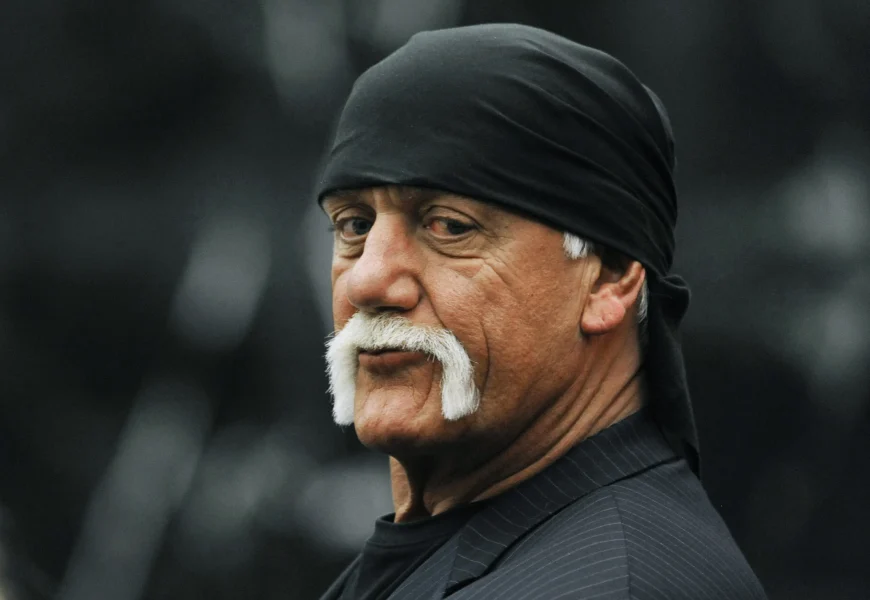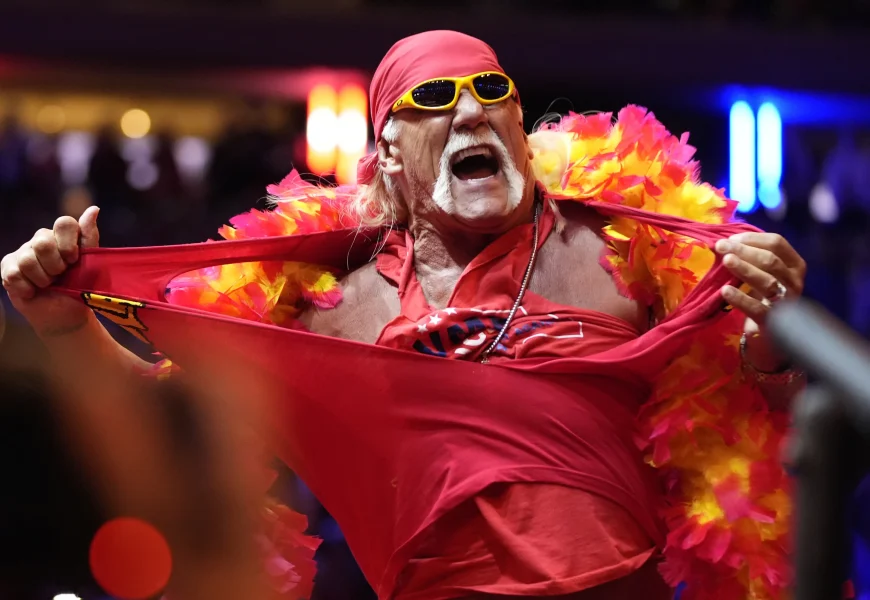Hulk Hogan was billed as “The Immortal One” and the former WWE champion seemed to believe it as he bellowed in his red-and-yellow attire throughout sold-out arenas around the world in the 1980s and into this century that Hulkamania would live forever.
Hulk Hogan’s death marks the end of an era that defined larger-than-life personalities of the 1980s
Hulk Hogan was billed as “The Immortal One” and the former WWE champion seemed to believe it as he bellowed in his red-and-yellow attire throughout sold-out arenas around the world in the 1980s and into this century that Hulkamania would live forever.
Hogan was the first wrestler to host “Saturday Night Live,” the only wrestler to flex his 24-inch pythons on the cover of Sports Illustrated and stood tall as the hated Thunderlips against Sylvester Stallone’s Rocky Balboa on the big screen.
One by one, Hogan took on the biggest, baddest and all the larger-than-life cartoon characters who helped skyrocket the WWE into a mainstream phenomenon in the late 1980s and early 1990s.
Hogan’s death Thursday at the age of 71 made him just the latest superstar in what some fans and historians would call wrestling’s greatest era – in a time where staid Saturday morning television exploded into late-night must-see sports entertainment – to face the final 10-bell salute.





